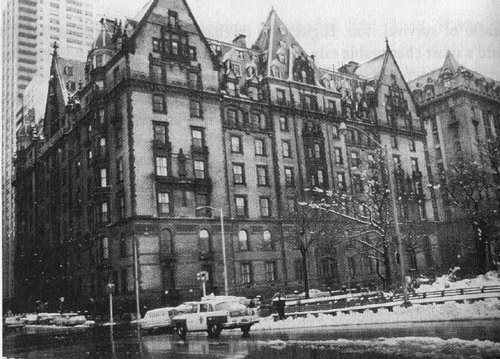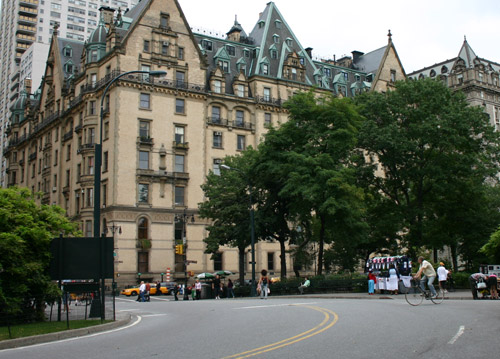Si Morley from “Time And Again” had a hobby – looking at antique stereophotographs. I researched the topic a bit and came up with with a bunch of interesting information and a new hobby.
We all know that Victorians, for the lack of television had to go to great lengths to entertain themselves. There was rampant piano playing, singing and weird parlour games galore. But they did have a futuristic technology that sadly is rather uncommon these days. Stereoscopy.
You’d think that by now we’d have 3d television, at least in a crappy Star Wars hologram kind, but alas. 3d movie theaters and movies are rare, 3d lcd monitors get announced, but seem to be vaporvare. But Victorian bourgeois, they had whole libraries of 3d photographs and special viewers in almost every family.
You can read up on the history of stereophotography here, but to me the most important was this: the most popular viewer type was the Holmes-Bates type that looked like this:
(I’ll add a picture later when mine will arrive from eBay, but for now you can find a bunch of images here)
and there are virtually a kajillion of pictures for it on eBay ranging in price from a dollar to hundreds eBay is amazing – there’s even a dollhouse size stereoscope for sale.
I also found an awesome online store that sells a huge variety of stereoscopy related items, including a cheap Lorgnette viewer that should work well with Holmes type stereophotographs. I bought a few to give to my friends so that I’ll be able to send them stereophotos that I’ll be taking. Fun, Victorian style.

